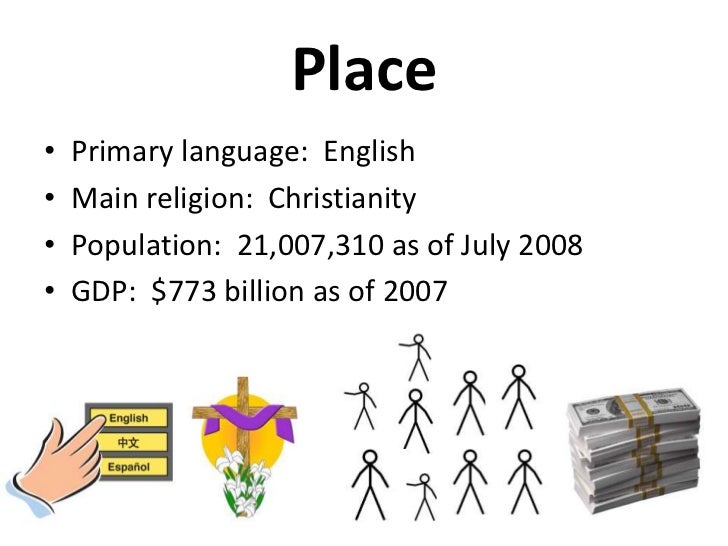
Rebustar Azasha Zhauabimen
Alternative Title: bozkashī Buzkashī, (Persian: “goat dragging”)also spelled bozkashī, a rugged equestrian game, played predominantly by in northern, in which riders compete to seize and retain control of a or calf carcass. Buzkashī has two main forms: the traditional, grassroots game, known as tūdabarāy (Persian [Dari]: “coming out of the crowd”), and the modern government-sponsored version, qarajāy (“black place”). Both feature mounted competitors who struggle for control of a decapitated, dehoofed, and, sometimes, gutted carcass weighing anywhere from 40 to 100 pounds (20 to 50 kg), the body being lighter. Neither style has many formal rules, but common etiquette prohibits a player from biting or pulling the hair of an opponent, grabbing the reins of an opponent’s mount, or using weapons.
Jun 29, 2018 - Aza Sha Zh mba: A sha, Saud, Esep. Rebus, sozhumbak. Aza Sha presentation (slide). Rebustar kazaksha zhauabimen photo.

Traditional tūdabarāy games, however, have no formal teams and are not played within clearly defined spatial boundaries. Expert riders known as chapandāzān (singular chapandāz) dominate play, but—in games that often involve hundreds of riders—everyone has the right to compete.
The objective of play in the tūdabarāy style is, from an initial mounted scrum, to gain sole control of the carcass and ride it free and clear of all other riders. “Free and clear,” however, is difficult to judge, and disputes are common. Violent play can readily shift to real violence. The goals and boundaries of the government-sponsored qarajāy style are more clearly defined, and thus games are easier to control. Two teams that rarely exceed 10–12 riders contend over a defined field with set flags and circles—the “black places”—as goals.
In more stable times, the tournament referees were usually military officers who controlled quarrelsome riders with threats of incarceration. While participants may regard buzkashī as lighthearted fun, both forms of the game are played in an implicitly political, in which patrons—in northern Afghanistan, the traditional elite (khans)—seek to demonstrate, and thus, their capacity to control events in the country’s ever-shifting power structure.
Patrons breed and train horses and hire chapandāzān to ride them. Riders of all skill levels meet at various ceremonial gatherings ( tūʾīs), the centerpiece of which is a day or more of buzkashī competition. These gatherings are status-oriented events that publicly test the social, economic, and political resources of the sponsoring khan—or, for qarajāy, of the government.
In tūdabarāy, a number of rounds of buzkashī are played per day, and the sponsor awards prizes to the winner of each. If the sponsor’s resources prove sufficient and he is able to prevent excessive violence, the tūʾī is generally deemed a success, and he gains status; if the sponsor fails, his reputation can be ruined.
Buzkashī originated among the nomadic (,,, and )—likely as an entertaining variant of ordinary herding or raiding—who spread westward from China and Mongolia between the 10th and 15th centuries; the descendants of these people are now the game’s core players. It is popular predominantly in Afghanistan but also is retained as a self-conscious cultural remnant in the Muslim republics north of Afghanistan and in parts of northwestern China. Other ethnic groups in northern Afghanistan have more recently entered the of buzkashī, including Persian (Dari)-speaking s and from western Afghanistan and migrants from south of the mountain range. Beginning in the early 1950s, the Kabul-based central government hosted national tournaments, first on the birthday of King (reigned 1933–73) and then on dates politically advantageous to subsequent regimes. The government had complete control over buzkashī matches by 1977.